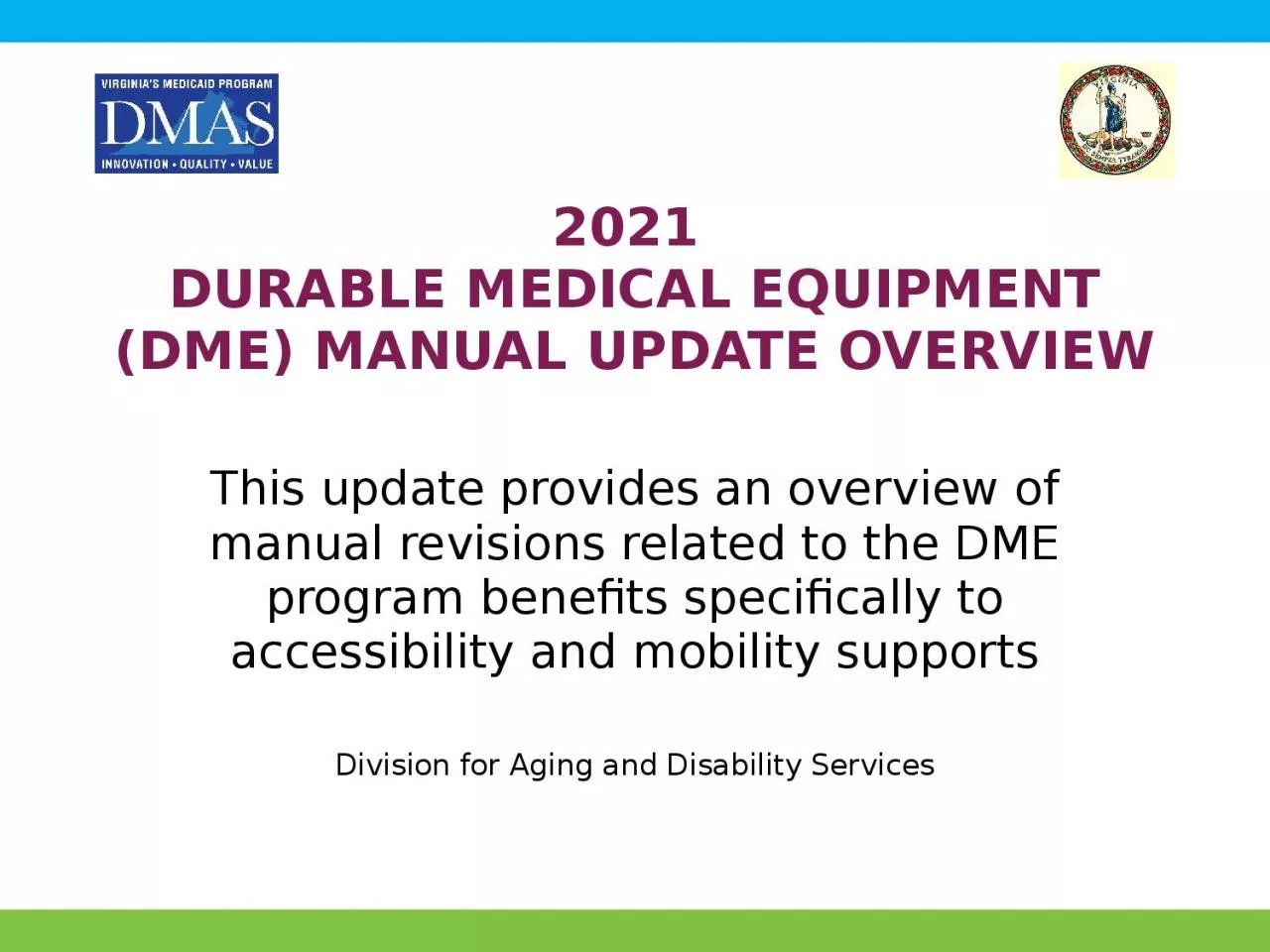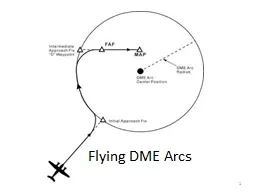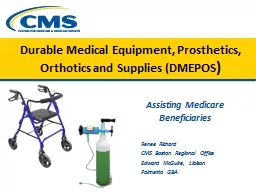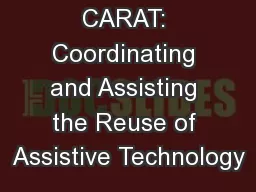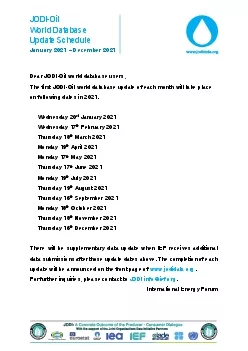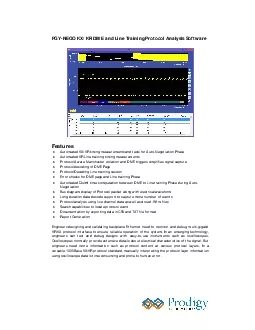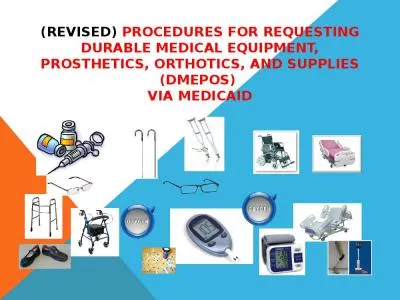PPT-2021 Durable Medical Equipment (DME) Manual Update Overview
Author : elyana | Published Date : 2023-06-24
This update provides an overview of manual revisions related to the DME program benefits specifically to accessibility and mobility supports Division for Aging
Presentation Embed Code
Download Presentation
Download Presentation The PPT/PDF document "2021 Durable Medical Equipment (DME) Ma..." is the property of its rightful owner. Permission is granted to download and print the materials on this website for personal, non-commercial use only, and to display it on your personal computer provided you do not modify the materials and that you retain all copyright notices contained in the materials. By downloading content from our website, you accept the terms of this agreement.
2021 Durable Medical Equipment (DME) Manual Update Overview: Transcript
Download Rules Of Document
"2021 Durable Medical Equipment (DME) Manual Update Overview"The content belongs to its owner. You may download and print it for personal use, without modification, and keep all copyright notices. By downloading, you agree to these terms.
Related Documents

